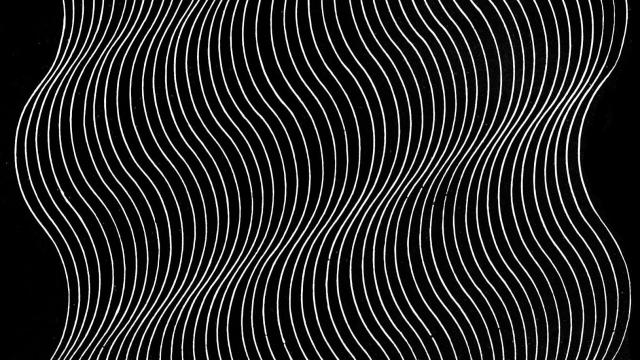When you see light, you’re looking at photons spat out by an excited atom. But what if instead of light, an excited atom released a wave of matter?
That’s what a team of physicists has done — they created an experiment that spits out atoms through the same process by which atoms normally emit light, called “spontaneous emission”. As weird as that may sound, they’re interested in an even more elusive phenomenon: The strange behaviour of a matter called photonic crystals.
“It’s a novel system that’s a rich playground,” study author Dominik Schneble from Stony Brook University told Gizmodo. Schneble felt it would be a useful tool to study systems that generate light—like photonic crystals.
Photonic crystals are forms matter through which some frequencies (essentially colours) of light can’t travel. These are substances that exist in nature in the form of some animals’ colour patterns, and have a lot of uses in creating high-tech optical equipment.
Light takes on wacky properties when confined to these photonic crystals. They may experience “fractional decay”, where the system has somehow both emitted and not emitted its light at the same time — basically, the atom is in an excited quantum state of excited and not excited. And usually, atoms spit out their light pretty quickly after they’ve been excited.
But in photonic crystals, these atoms might remain excited without spitting out their light for a long time, study author Ludwig Krinner from Stony Brook told Gizmodo.
These are weird behaviours that are hard to understand, because it’s really only possible to observe them via the light that leaves the crystal. So the scientists created a system that would exhibit the same behaviours and would also allow them to observe it all happening. Their work is published in Nature.
Like many strange-sounding physics advances, this research begins with a Bose-Einstein condensate, a system in which atoms are held at ultra-cold temperatures. Those atoms then exhibit the strange behaviours of quantum mechanics, but on a scale large enough to be observed by scientists.
The new system looked the way many Bose-Einstein condensate experiments look, with lasers trapping rubidium atoms. The interaction of the lasers created a straight line of potential energy wells — picture a single row of an egg carton.
They filled the wells with cold rubidium atoms that could be in one of two states, which they called “red” and “blue”. “Red” rubidium atoms stuck within the walls of the energy wells. But “blue” ones would ignore the walls completely, and moved freely out of the laser-imposed boundaries. Adding an oscillating magnetic field allowed the atoms to switch between these two states.
The physicists accomplished their goal, and the wells spontaneously emitted a wave of “blue” rubidium atoms, like an atom spontaneously emitting photons. This is known as a matter wave.
The system took on those strange properties previously only know to exist in photonic crystals, such as fractional decay.
These matter-wave systems might allow physicists to study something difficult to study in photonic crystals, Alejandro González Tudela and J. Ignacio Cirac, physicists for the Max Planck Institute of Quantum Optics in Germany not involved in the study, wrote in a commentary they passed to Gizmodo. Accessing the regions inside photonic crystals where light is generated and travels can be difficult. The matter-wave lab setup offers an accurate analogue to give scientists an idea of how these photonic crystals work.
This research may seem obscure, but it’s exciting for the same reason many other esoteric physics discoveries are exciting. They’re a way for us to learn about some of the weirdest phenomena in the universe.
[Nature]
